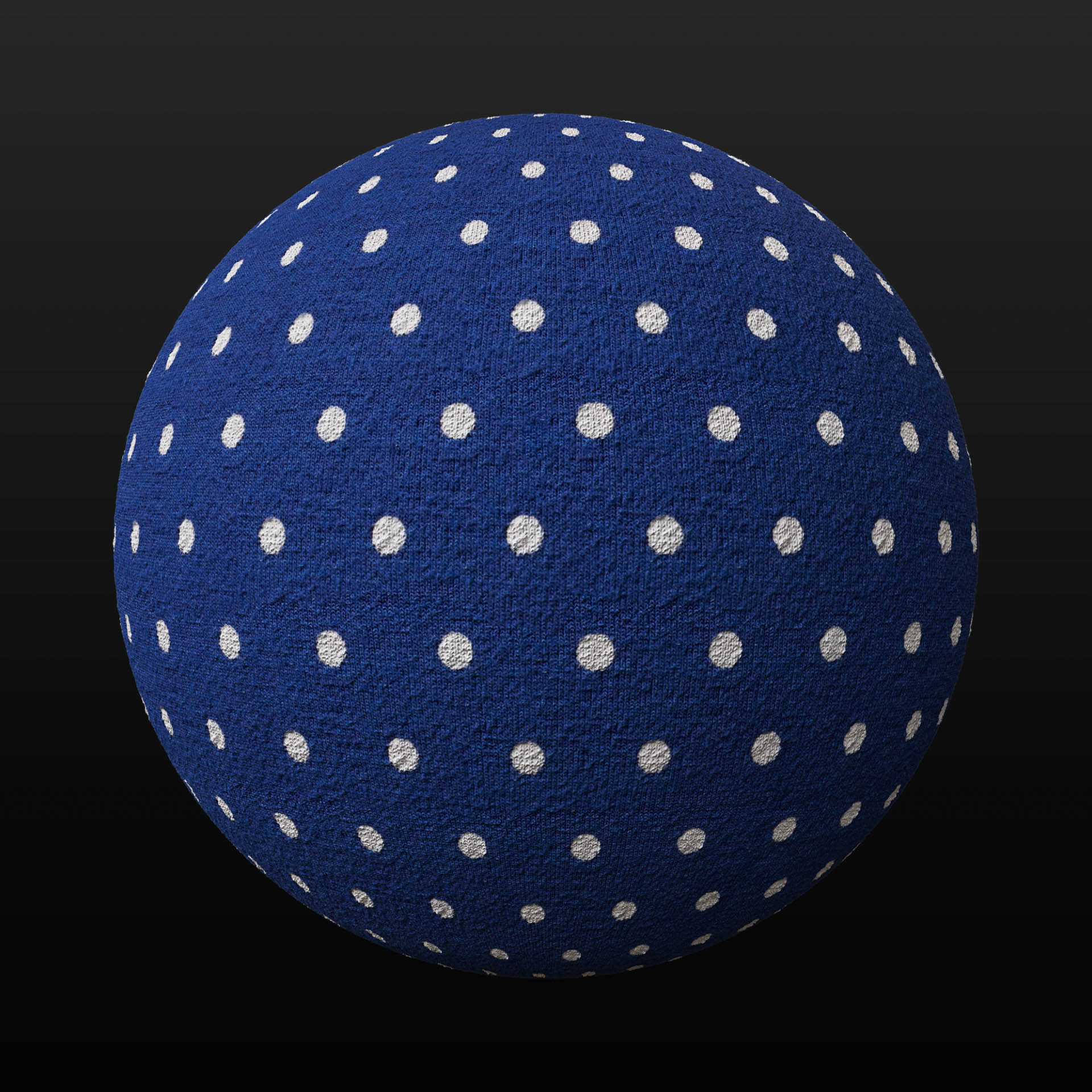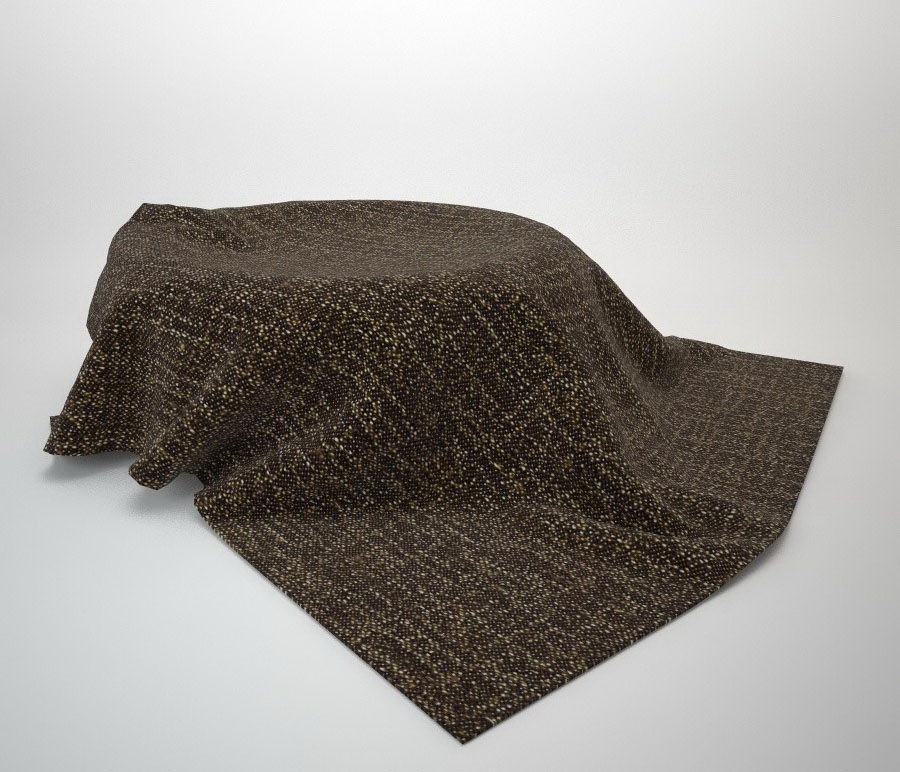


Precomposing, nesting, and pre-rendering.

Startup and Repair in Preferences (Beta).If any of the above doesn’t make sense or if you have any questions, please ask me and I’ll try and fill in any gaps. The total number of Hairs doesn’t need to be that great and it can help to add interest to the surface and break up the contour a little. I guess you make your mind up depending on the scene.įor knitted, as opposed to woven fabrics, a final touch of realism can be achieved by adding Fur or Hair to your object. While there’s no doubt this can greatly improve the look of your material, to be effective the Subdivision level has to be set quite high (typically 3, 4 or higher). The biggest decision here is deciding whether to use Sub-Polygon Displacement. Displacement, should you choose to use it, in the Displacement channel.Specular in the Specular Colour channel (can be tinted/colourised if necessary).AO in the Diffusion channel (set to affect Luminance and Specular).(for OSX users the current beta remains fully functional until May 2012).Īfter running your source texture through CrazyBump you will end up with some, or all, of the following maps: Colour, Diffuse/AO, Normal, Specular and Displacement. The example above is something I found on Google images (sorry, but I can’t remember where) but in other cases I have photographed a suitable piece of fabric and manipulated it in Photoshop to make it tileable.Īlthough it’s quite straightforward to produce the various maps using Photoshop and Cinema 4D, by far the easiest method is to use an application such as CrazyBump The first step is to find a source image. This post will just deal with making the material. Since several people have asked me on Twitter how I go about making textures for some of the sock creatures that I make I thought it might be helpful to create this post. Creating a knitted/woven material in Cinema 4D


 0 kommentar(er)
0 kommentar(er)
